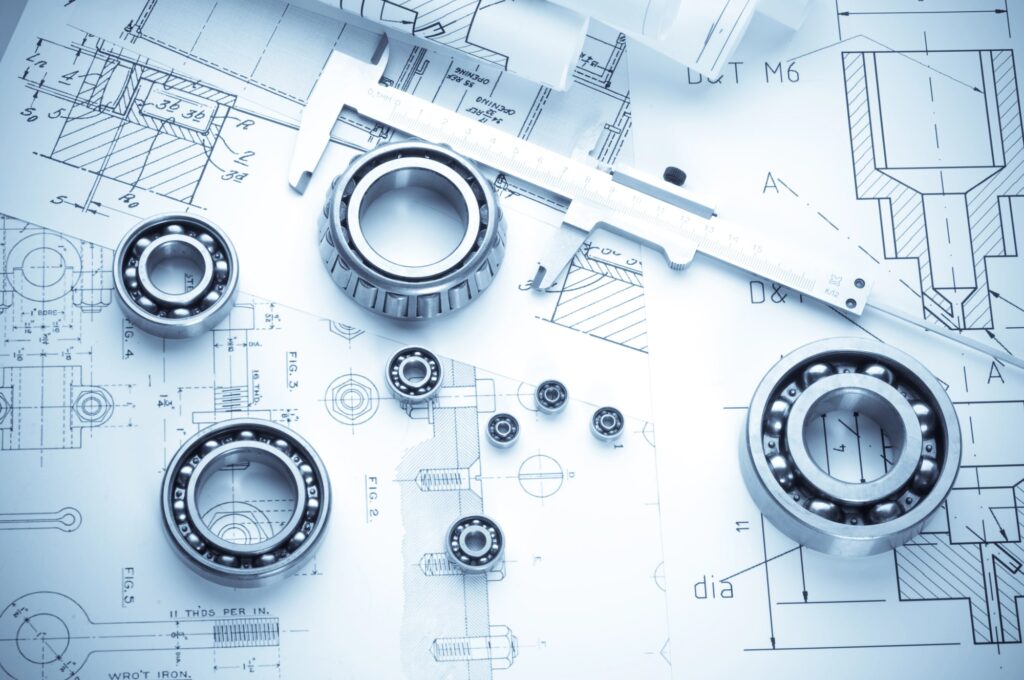Modular construction is changing the landscape of affordable housing. Oakland’s newly opened Prescott Station apartment property shows its potential.
After nearly a decade of delays, this 235-unit project has finally come to fruition. Thoughtful modular design streamlined construction, cut costs, and addressed community needs.
Designed by MBH Architects, Prescott Station highlights advancements in sustainable building. It demonstrates modular construction’s role in combating the housing crisis.
But with every innovation come challenges and lessons learned. Below, we look at the processes that made this six-story project a reality and why modular construction holds promise for affordable housing developers nationwide.
The Modular Advantage: A Faster, Cost-Efficient Approach
Prescott Station’s journey to completion was far from straightforward. Originally greenlit in 2012, the project sat dormant until 2021 when MBH Architects took the reins.
MBH worked with modular builder Harbinger Homes (formerly Factory_OS) to design and execute a solution that met the developer’s goals. Their expertise in modular construction made a difference.
Accelerating Construction Without Compromising Quality
Once modular units arrived on-site, construction pace accelerated. This assembly-line efficiency ensured consistency in detailing and finishes.
Factory-built modular components allowed tighter scheduling and lower costs. The result was speed and cost savings, which are vital for affordable housing.
Book Your Dream Vacation Today
Flights | Hotels | Vacation Rentals | Rental Cars | Experiences
Additive Benefits Beyond Cost
Modular construction reduced the carbon footprint by limiting transportation and materials waste. It also decreased on-site fire risk and reduced exposure to theft or vandalism.
For builders, these benefits add immediate and long-term value. Sustainability and practicality are both improved.
Overcoming Modular Construction Challenges
While modular construction offers significant advantages, Prescott Station shows the importance of managing unique challenges. Modular design requires stricter sequencing and discipline among trades.
For contractors new to modular methods, this adjustment can be difficult. Training and planning are essential.
Streamlined Design for Zoning Compliance
To ensure efficiency without compromising zoning requirements, MBH Architects used prefabricated balconies manufactured off-site. These balconies were installed seamlessly during construction.
This approach demonstrated the flexibility of modular design in meeting local regulations. Efficiency was maximized without sacrificing compliance.
Another key issue required close coordination among project stakeholders. Aligning site contractors, tradespeople, and logistical providers was essential.
MBH Architects tackled these hurdles through early strategy sessions. This ensured precise scheduling and better communication across all teams.
Lessons from Prescott Station: Modular Construction’s Potential
For MBH Architects, Prescott Station is a case study in modular design’s ability to address America’s growing housing crisis. With over 2,200 modular units completed, MBH has shown that modular construction can reduce costs, boost efficiency, and deliver high-quality housing.
The Importance of Early Integration
Timothy Haley, MBH’s Director for the Prescott Station project, emphasizes that modular construction’s greatest advantages are realized when integrated into the project strategy from day one. Early collaboration across design, logistics, budget, and scheduling allows developers to fully leverage modular efficiencies.
In Prescott Station’s case, the project’s success depended on MBH’s modular experience and careful coordination of a phased process. Each prefabricated unit fit seamlessly into the site.
Haley points to the importance of modular expertise. It is a specialized discipline handled by professionals, not just a trend.
Modular Construction and the Future of Affordable Housing
As Oakland’s 235-unit Prescott Station property opens its doors to renters, it signals hope for affordable housing advocates. Modular construction offers significant promise, especially for projects with strict deadlines or budgets.
This building method is also attractive for those concerned about environmental impacts. However, early strategic alignment and stakeholder collaboration are essential for success.
Architects and developers can learn valuable lessons from Prescott Station:
- Speed and efficiency: Prefabricated units allow for faster builds without reducing quality.
- Sustainability: Modular methods help lower carbon footprints and reduce on-site waste.
- Customization: Prefabricated components can be adjusted to meet zoning and design needs.
- Strategic Planning: Early integration and coordination are important for maximizing benefits.
Here is the source article for this story: How MBH Architects uses modular methods to expedite affordable housing
Book Your Dream Vacation Today
Flights | Hotels | Vacation Rentals | Rental Cars | Experiences

